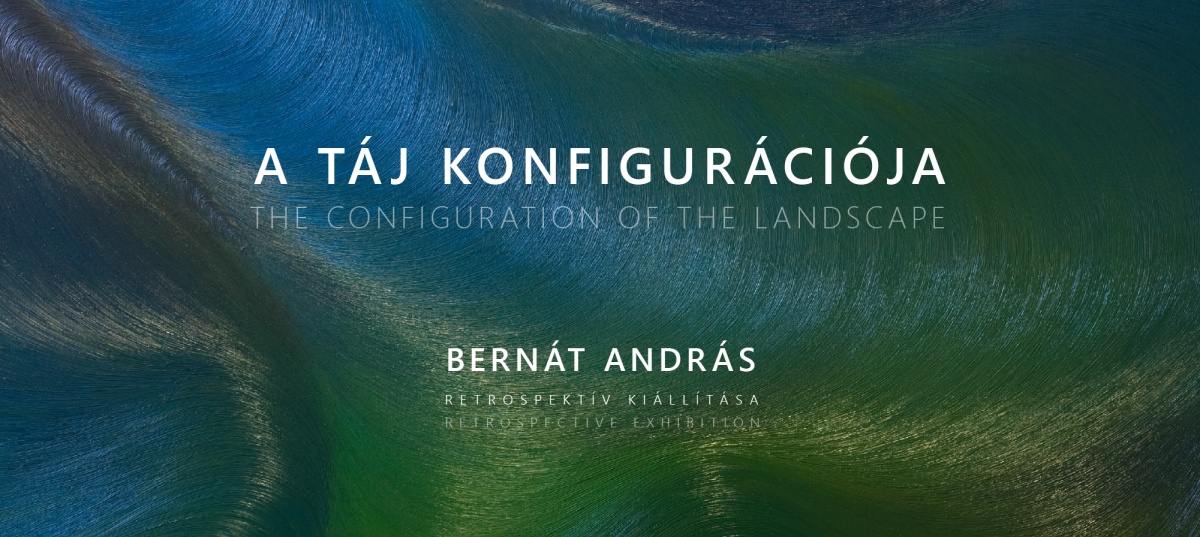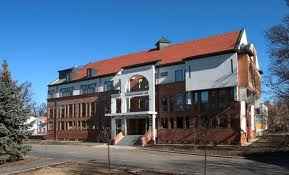Retrospective exhibition of András Bernát
9 September – 29 October 2017
Bernát’s painting, perhaps partly because he was alone in his outlook – grounded as it was in intimate, introspective individuality – had become unique and interesting from 1984-85. Until the end of the 1980s, his paintings, with their complex – sometimes overly spectacular – visual space, were illustrations of an eclectic personal myth. The mysterious stories of the female body – this hermetic, classic figure knowable only one detail at a time – incorporate aggressive compositional elements of landscape and the archaic domain, but with surprising stylistic precaution and pre-calculation. His precise and well-arranged compositions suggest a kind of theatrical consciousness: intelligent beings are observed from a distance as they adapt to story fragments, or at least to their memory. As a result of this consistency, Bernát’s highly intelligent paintings are, despite all appearances, overly simple, or shall we say, calculated; their effect feels pre-planned, with care and precision. His paintings navigate the boundary between abstraction and figurality, but cast their gaze from where figurality has already been lost back over to where narrativity – which he needs less and less – has been dissolved. Thanks to this, spatial relationships appear complex and convoluted, as if concrete and quasi-planes were slipping and into one another – although what actually happens is nothing more than a unification in relativity of recognizable and vaguely sensed realities. His figures, image Objectums, and motifs – bodies, buildings, clouds, and plants – seek to emanate awestruck reverence, exaltedness, and a quest for the spiritual.
By the turn of the 1990s, landscape-elements, recognizable Objectums, and phenomena became equalized, as it were: as (sometimes prism-like, other times cylindrical) geometric motifs they stretch (Objectumum [Bridge II], 1989) and twist (Pipe, 1989) – in manner somewhat reminiscent of land art – into the narrow and yet infinite background of the painting, merely serving as indicators of the visual direction inside the image space (Green Boat, 1989). There is a waning of commitment to the landscape and its recognizable elements, along with a deepening of colours and a tendency towards monochromy. At the same time, his drawing series (Tint-drawing 1-22, 1988) suggests that it has occurred to Bernát that the expressivity of his painted-over bodies and photos could cause a rather fruitful »subversion« of his abstract romanticism. The experiment, however, was not translated into common practice. As he moves away from colourfulness, his paintings reveal a kind of mysticism – or even more clearly a kind of scepticism: his landscape essences become inverted, turning back into themselves and fading into near-invisibility (Ditch and Grey, Orange, 1990).”
(Quotes from the book of Hajdu István: Bernát András The Configuration of the Landscape)
modemart.hu


















